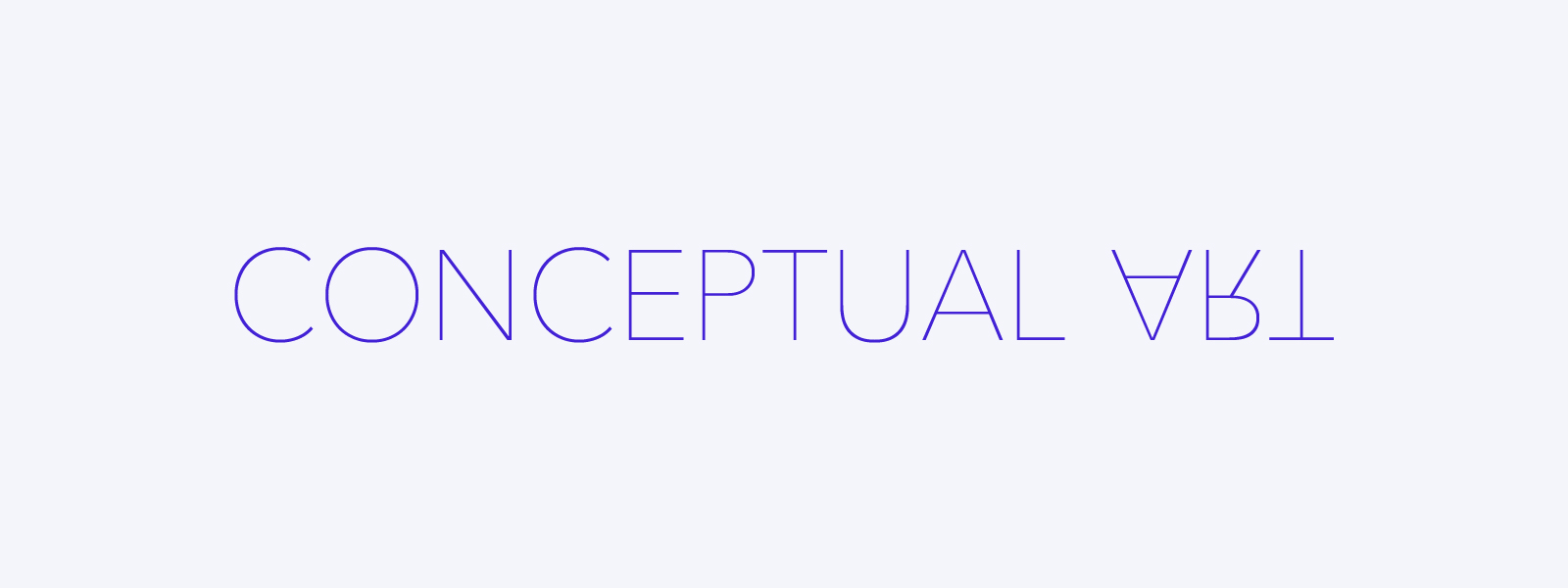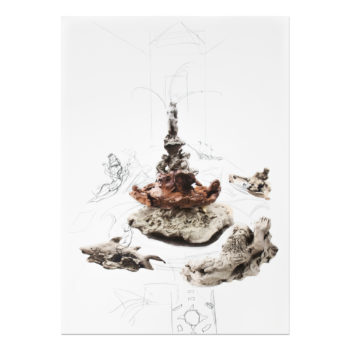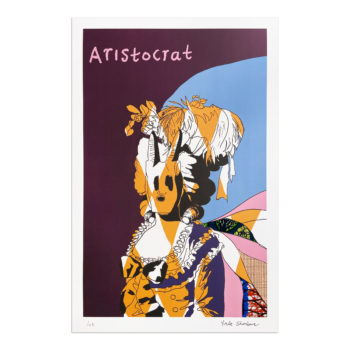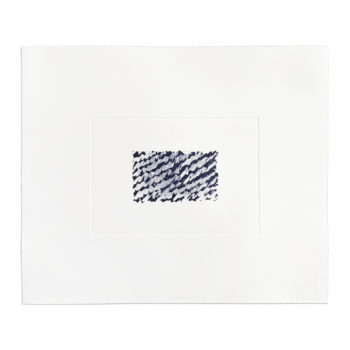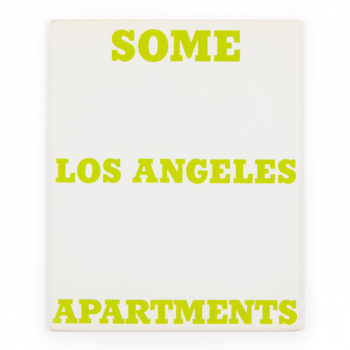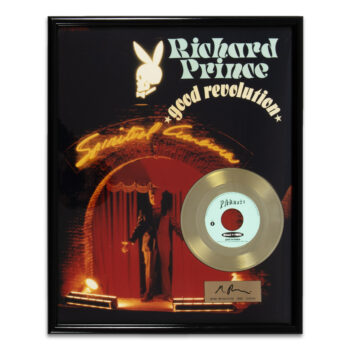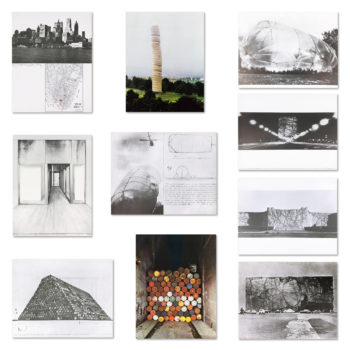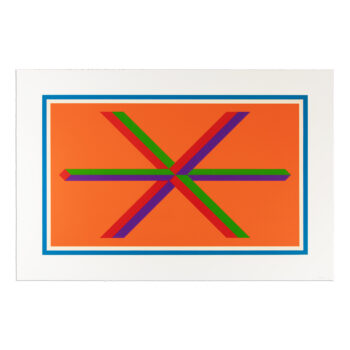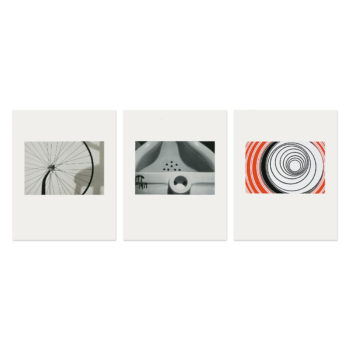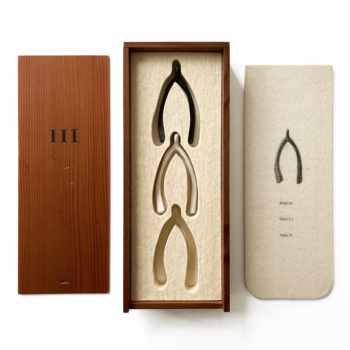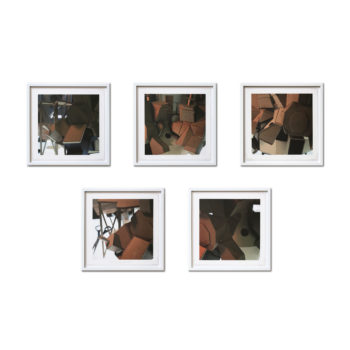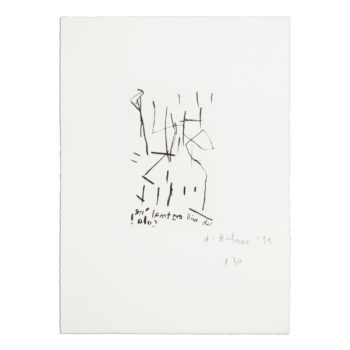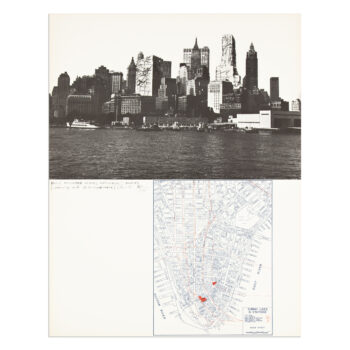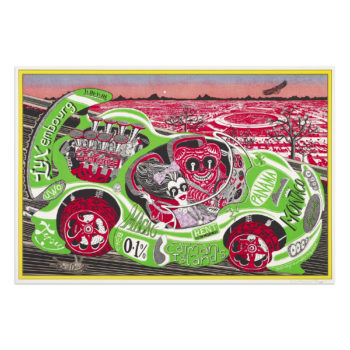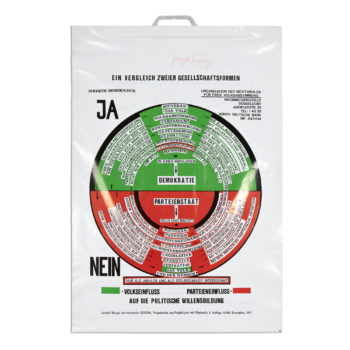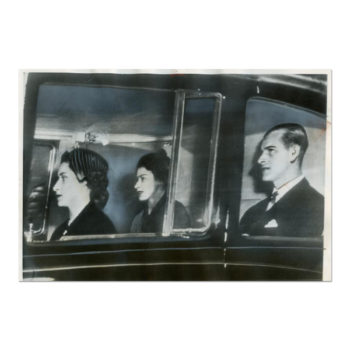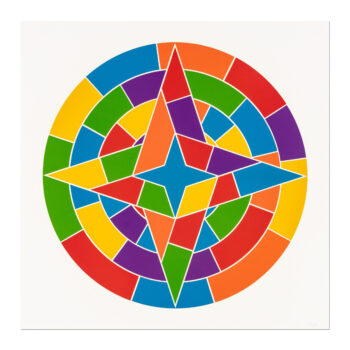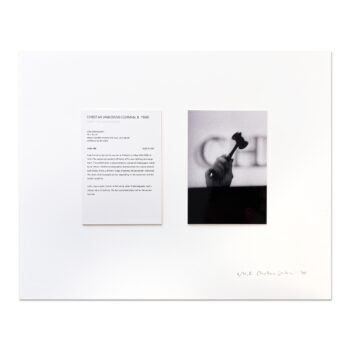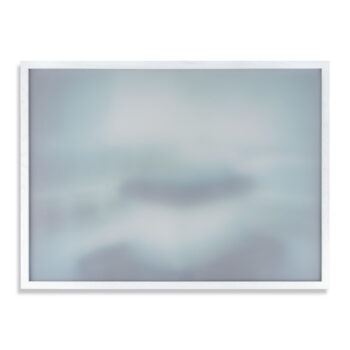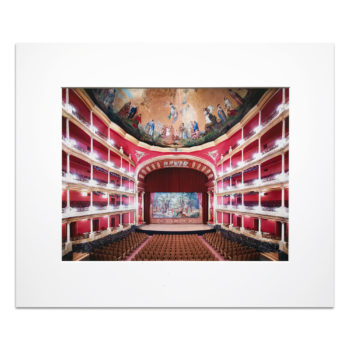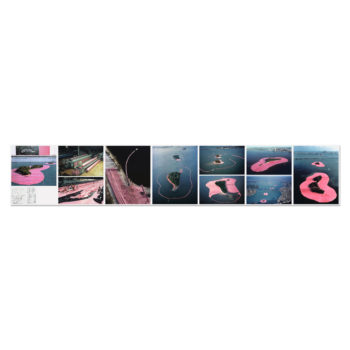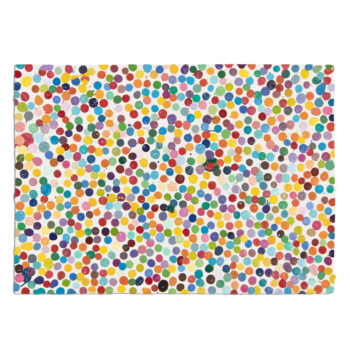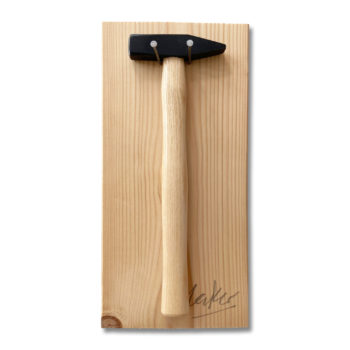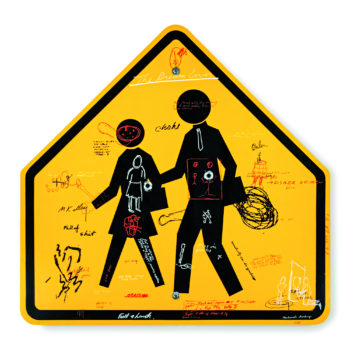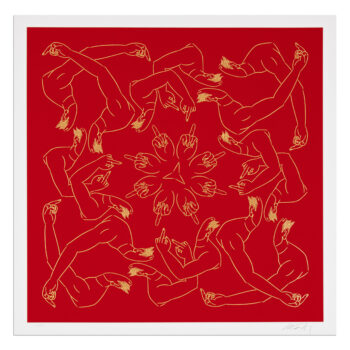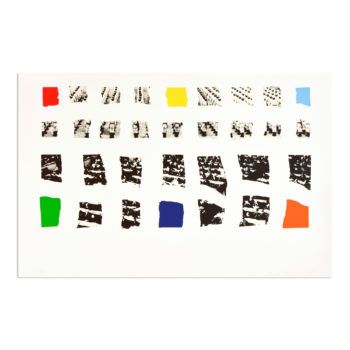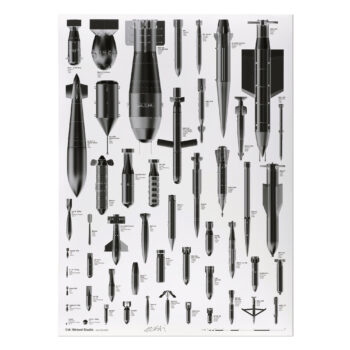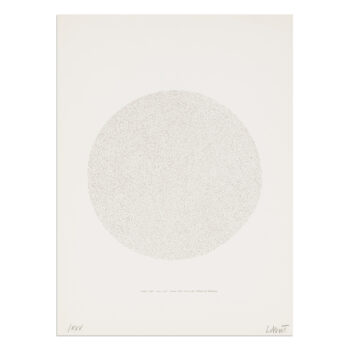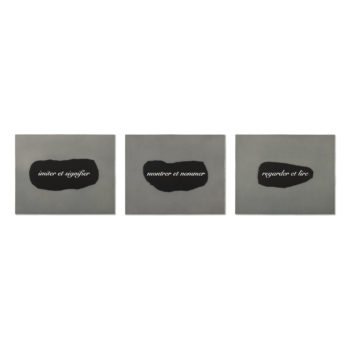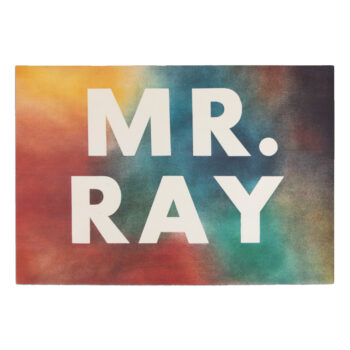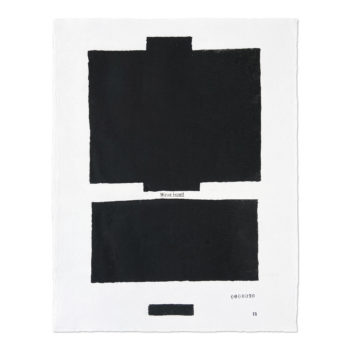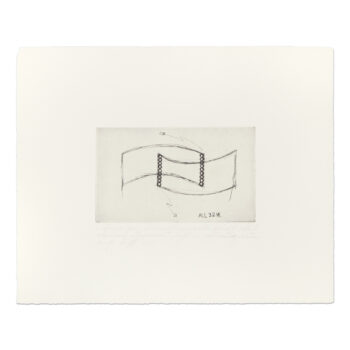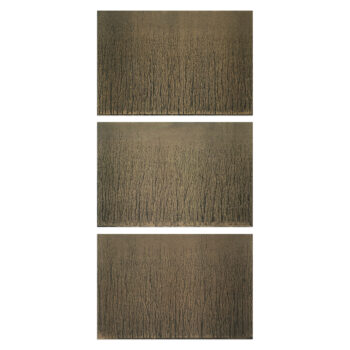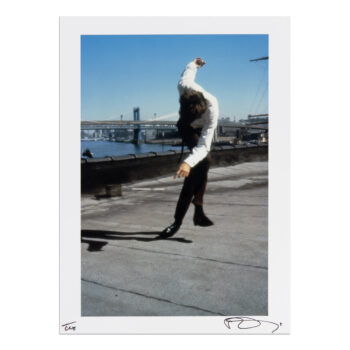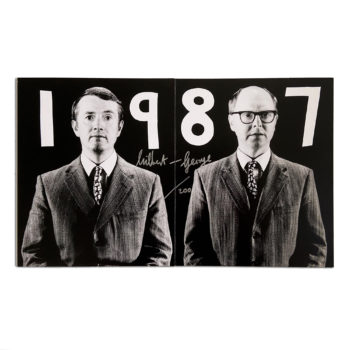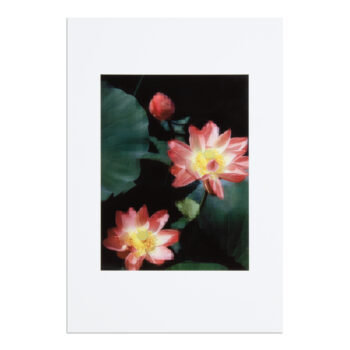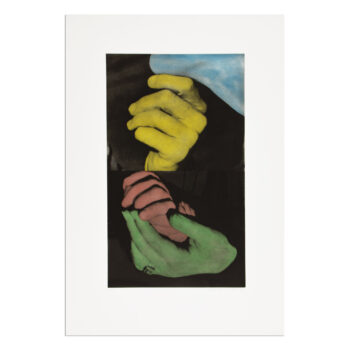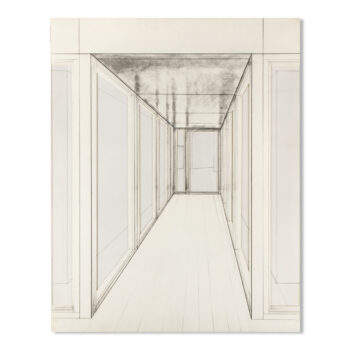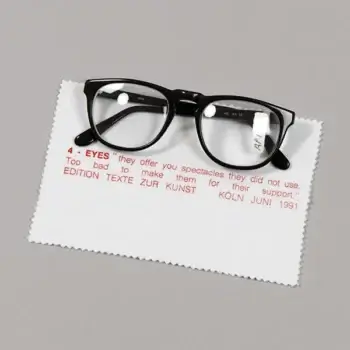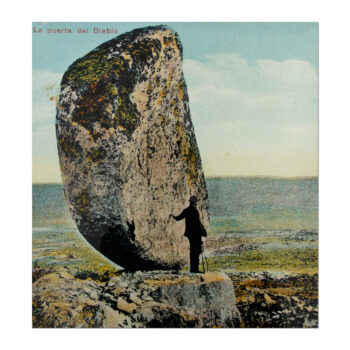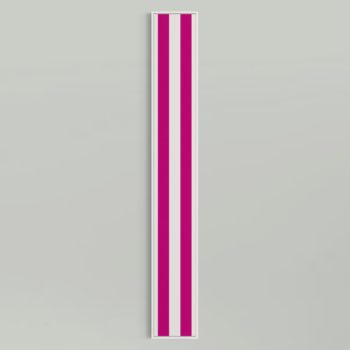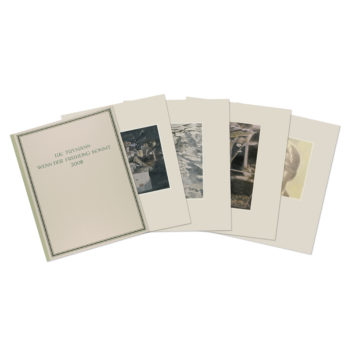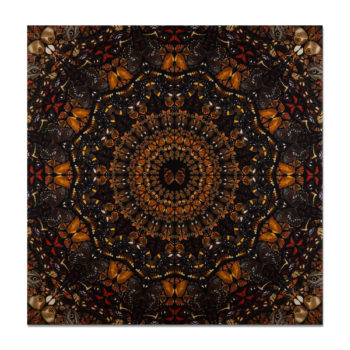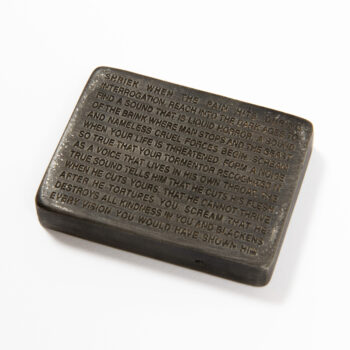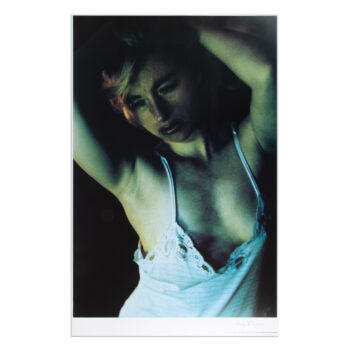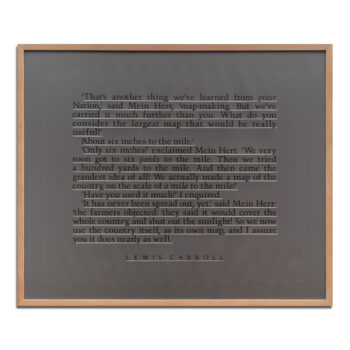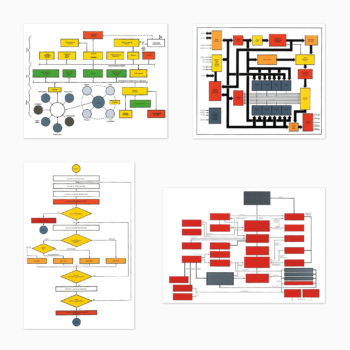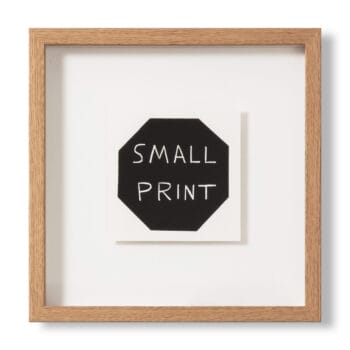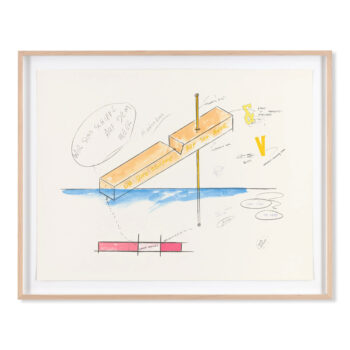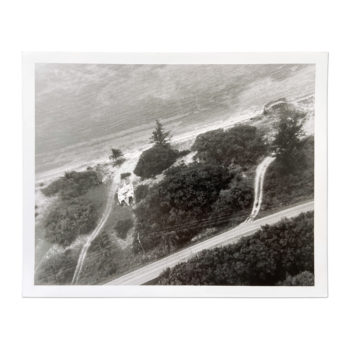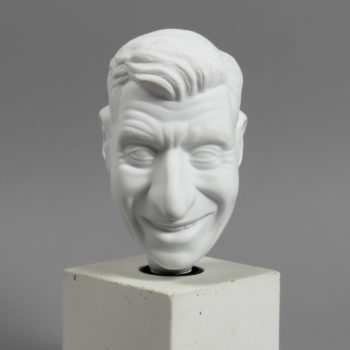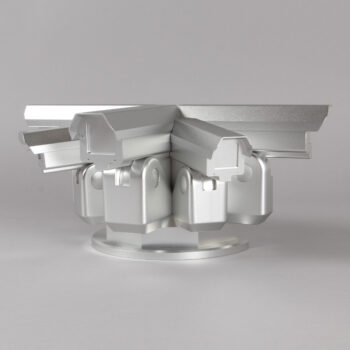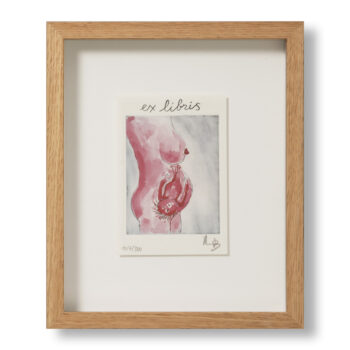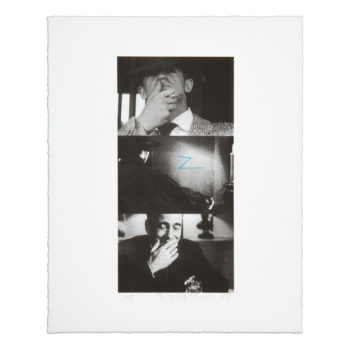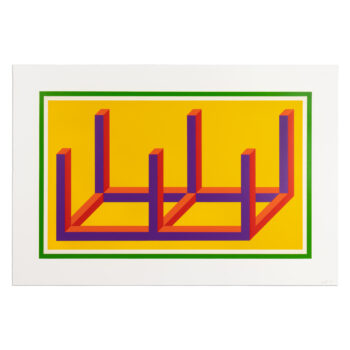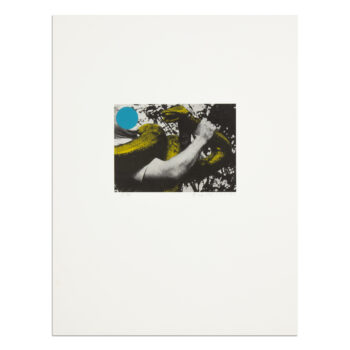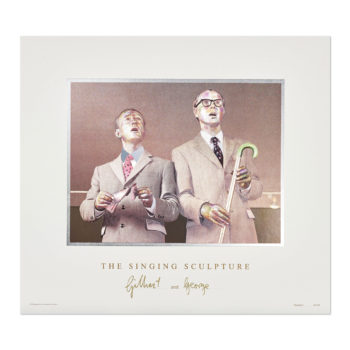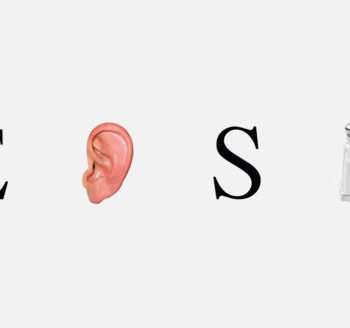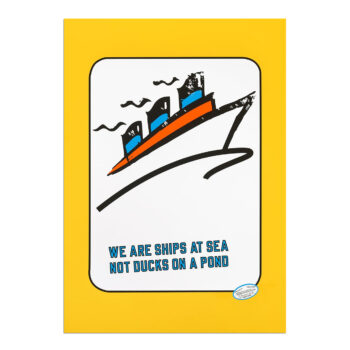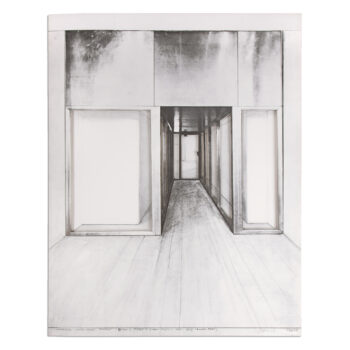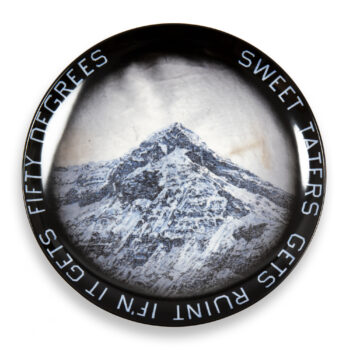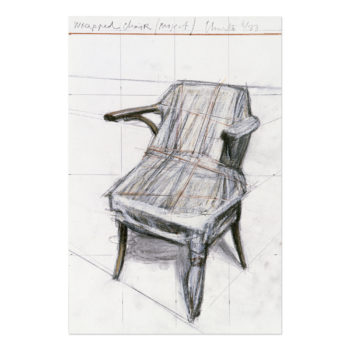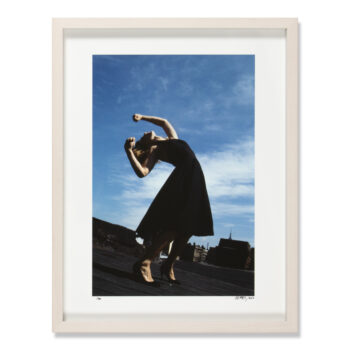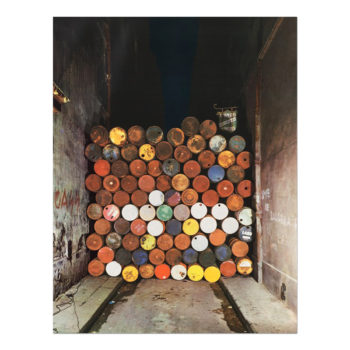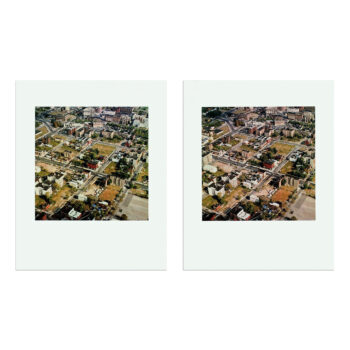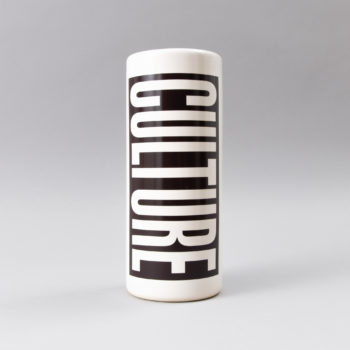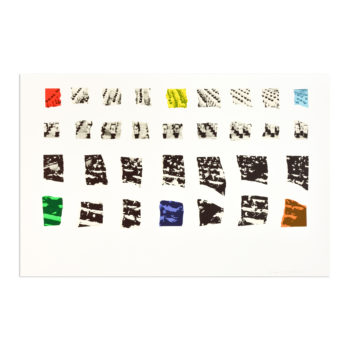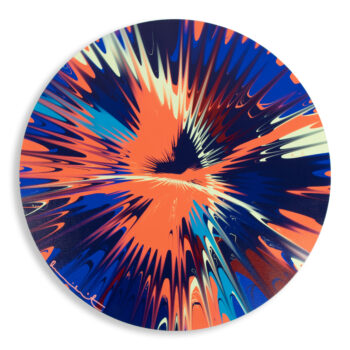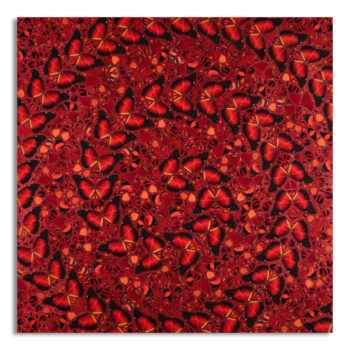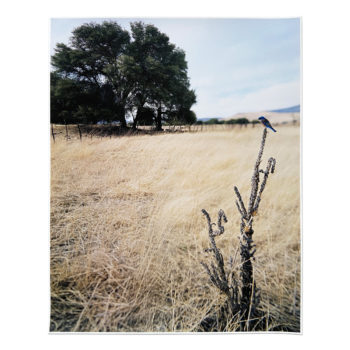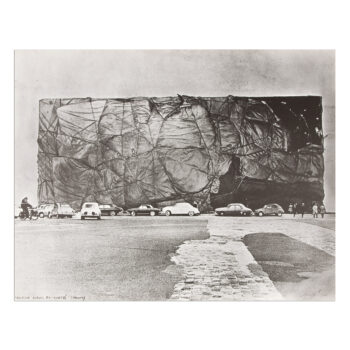Conceptual Art
Buy limited edition artworks by established conceptual artists
-
Kara Walker, Theme for the Fons Americanus
2.200,00 € -
Richard Tuttle, Surface
1.300,00 € -
Ed Ruscha, Some Los Angeles Apartments
1.200,00 € -
Richard Prince – Good Revolution
3.400,00 € -
Christo, Monuments Portfolio
18.000,00 € -
Sol LeWitt – Isometric Figures IV
3.900,00 € -
Elaine Sturtevant, Duchamp Triptych
2.000,00 € -
Ed Ruscha, Insect Slant (Ants)
9.000,00 € -
Lorna Simpson, III
1.300,00 € -
Thomas Demand, Five Drafts (Simulator)
3.200,00 € -
-
-
Grayson Perry, Sponsored by You
15.000,00 € -
Joseph Beuys, Parteiendiktatur
1.000,00 € -
Thomas Ruff, Queen in Car
1.400,00 € -
Sol LeWitt – Stars #2
2.800,00 € -
Grayson Perry, Piggy Bank
1.500,00 € -
Ed Ruscha – This Sky
13.500,00 € -
-
Anne Imhof, YOUTH
2.800,00 € -
Jenny Holzer – AKA
3.500,00 € -
Wade Guyton, Red Fire for SMC
1.600,00 € -
Luc Tuymans – Altar
5.500,00 € -
-
Christo, Surrounded Islands
2.500,00 € -
Damien Hirst, And you know it? (The Currency)
14.000,00 € -
Günther Uecker, Do it Yourself
1.300,00 € -
-
Ai Weiwei, Coca-Cola Glass Vase
6.000,00 € -
Ed Ruscha, America Whistles
9.500,00 € -
Ai Weiwei, Middle Finger in Red
1.800,00 € -
John Baldessari, Two Assemblages (Opaque)
3.200,00 € -
Ai Weiwei – BOMB
1.900,00 € -
Thomas Struth, Daintree
1.300,00 € -
Gabriel Orozco – Untitled Print
3.300,00 € -
-
Sol LeWitt, Arc and Bands in Colors 2
4.900,00 € -
-
-
Jenny Holzer, Inflammatory Essays
7.000,00 € -
Joseph Kosuth, L’Essence de la rhétorique…
1.700,00 € -
Ed Ruscha: Mr. Ray
11.000,00 € -
Jenny Holzer – Water Board 0000090
1.900,00 € -
Dan Flavin – For a pair of curvilinear walls
2.400,00 € -
-
Robert Longo – Eric
3.600,00 € -
-
Thomas Ruff, Seerose
1.300,00 € -
-
-
-
Peter Halley, Cartoon Explosion
1.300,00 € -
-
Rosemarie Trockel – 4 Eyes
1.400,00 € -
Thomas Struth, Juquehy
1.300,00 € -
Richard Tuttle, Homesick as a Nail
1.500,00 € -
Tacita Dean, La Puerta del Diablo
2.600,00 € -
Thomas Ruff, Flieger
1.300,00 € -
Daniel Buren, Untitled (Leporello)
2.400,00 € -
Tracey Emin – Sixteen
2.900,00 € -
Luc Tuymans, Wenn der Frühling kommt
4.000,00 € -
Damien Hirst, Earth (from The Elements)
28.000,00 € -
-
Thomas Ruff – Negatives II
2.500,00 € -
Cindy Sherman – Untitled 103
2.200,00 € -
Joseph Kosuth, Map to Indicate (E.L., L.C.)
4.700,00 € -
Peter Halley, Organizational Charts
3.000,00 € -
David Shrigley – Small Print
850,00 € -
-
-
-
Luc Tuymans, Superstition
1.600,00 € -
Maurizio Cattelan, Yes!
1.300,00 € -
Ai Weiwei – To Be Looked At…
6.400,00 € -
-
-
Sol LeWitt – Isometric Figures I
3.900,00 € -
John Baldessari – Man with Snake
3.000,00 € -
Gilbert & George, The Singing Sculpture
3.000,00 € -
John Baldessari, Give me a B, give me an A…
1.600,00 € -
John Baldessari – Belch
2.800,00 € -
-
Tom Sachs, NASA Chair
2.900,00 € -
Christo – Corridor Store Front (Monuments)
4.600,00 € -
Ed Ruscha, Sweet Taters
1.900,00 € -
Christo, Wrapped Chair
6.000,00 € -
-
Christo – Iron Curtain (Wall of Barrels)
3.900,00 € -
Lawrence Weiner, How Much is Enough
14.500,00 € -
Thomas Ruff, 3-D New York (Bronx)
1.200,00 € -
-
Santiago Sierra, Door Plate
13.000,00 € -
-
Damien Hirst, Taytu Betul (H10-5)
4.600,00 € -
-
Ed Ruscha, L.C.
5.400,00 €
What is Conceptual Art?
Conceptual art, first defined in the 1960s and 1970s, has roots that extend back to the Dadaist movement, with Marcel Duchamp as its heralded pioneer. Duchamp’s revolutionary approach, exemplified by his readymade artwork “Fountain” from 1917, involved presenting everyday objects as art, challenging conventional notions of what art must embody in terms of craftsmanship, beauty, or personal expression. By declaring such objects as art, Duchamp leveraged his status to redefine artistic value, setting the stage for future conceptual artists.
In the 1960s, conceptual artists like Sol LeWitt moved further away from traditional measures of art such as beauty, rarity, and skill. LeWitt’s seminal 1967 essay, Paragraphs on Conceptual Art, posited that in conceptual art, “the idea or concept is the most important aspect of the work,” with the physical execution being secondary. This redefinition of art shifted the focus from aesthetic to intellectual engagement, emphasizing pre-planning and conceptual rigor over the final product. John Baldessari, another key figure, elaborated on this perspective by emphasizing that conceptual art was not merely about art with a concept but was an interrogation of what constitutes art itself. His artworks often blended text with visual imagery to challenge viewers’ preconceptions and engage them in critical reflection.
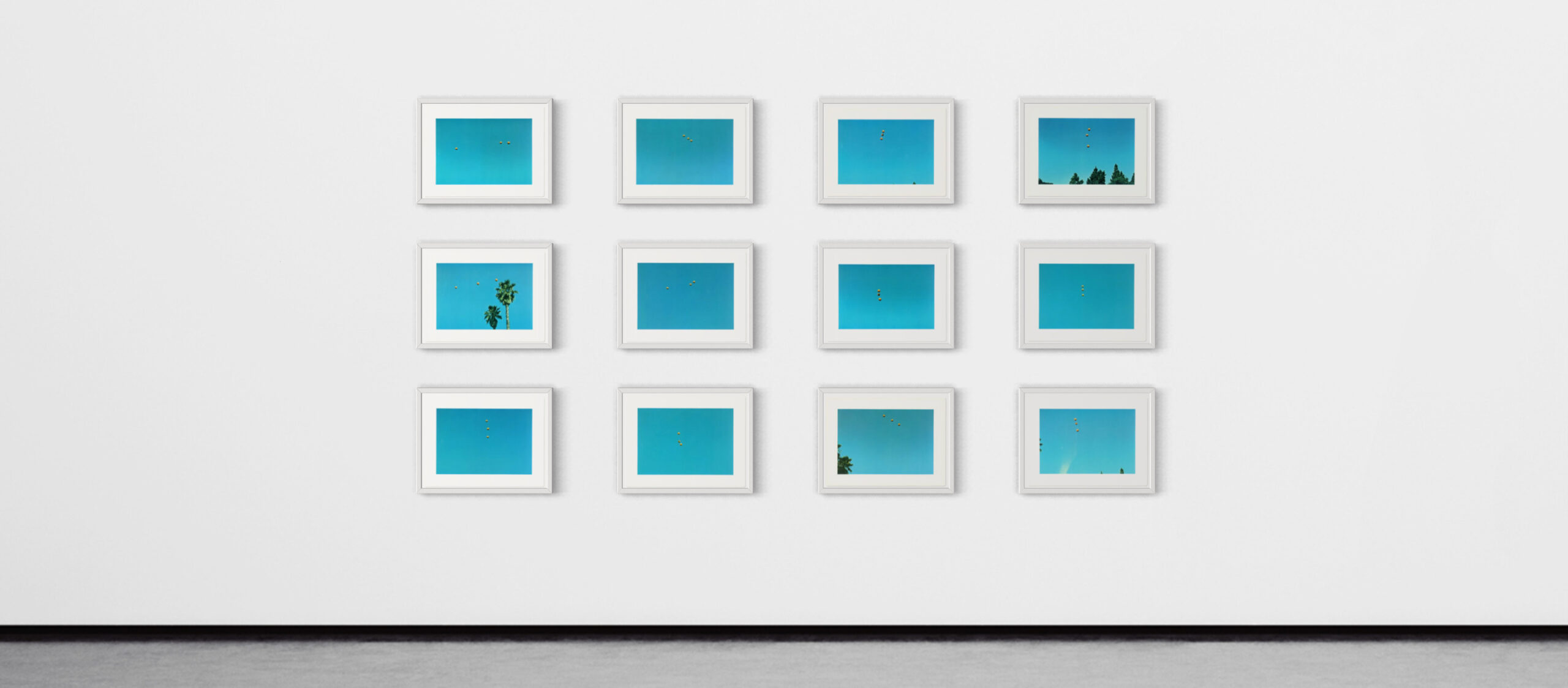
This shift in artmaking philosophy profoundly influenced various artists across multiple disciplines. Jenny Holzer’s text-based artworks, Barbara Kruger’s bold captions over media images, and Damien Hirst’s installations all question and expand upon the narrative of art’s function and its engagement with viewers. Marina Abramović’s performances, which often test the limits of endurance, invite personal and collective introspection, transforming the act of viewing into a participative experience.
These artists, following in Duchamp’s footsteps, have continued to explore and expand the boundaries of what an artwork can represent, utilizing mediums like painting, sculpture, prints, photographs, performances, and happenings to express their concepts. As a result, conceptual art has remained a vibrant and transformative influence on all subsequent generations of artists, continually challenging and reshaping the landscape of contemporary art.
5 Conceptual Artists You Need to Know
Conceptual art redefined the boundaries of artistic expression by shifting focus from aesthetics to ideas. Here are five conceptual artists who proved that ideas – not just objects – shape our visual culture.
Marcel Duchamp
Often regarded as the precursor to conceptual art, Duchamp challenged traditional notions of authorship with his readymades, such as Fountain (1917). His radical approach questioned what could be considered art, laying the foundation for conceptual artworks that prioritize meaning over craftsmanship. By recontextualizing ordinary objects, Duchamp opened a dialogue on artistic intent, originality, and institutional critique, making him a foundational figure in 20th-century avant-garde movements. His influence extends beyond conceptualism, impacting movements such as Dada and Surrealism, and continues to be a reference point for contemporary artists questioning artistic boundaries.
Sol LeWitt
A pioneer of minimal and conceptual art, LeWitt believed the idea behind an artwork was more important than its execution. His Wall Drawings exemplify this, as they exist primarily as written instructions, allowing others to create the final piece. This shift from object-based art to a system-driven practice emphasized the role of the artist as a thinker rather than a maker. LeWitt’s extensive body of work explores geometric abstraction, mathematical precision, and the relationship between form and instruction, profoundly shaping the way conceptualism is understood and executed. His legacy is evident in contemporary art’s focus on process-driven and participatory works.
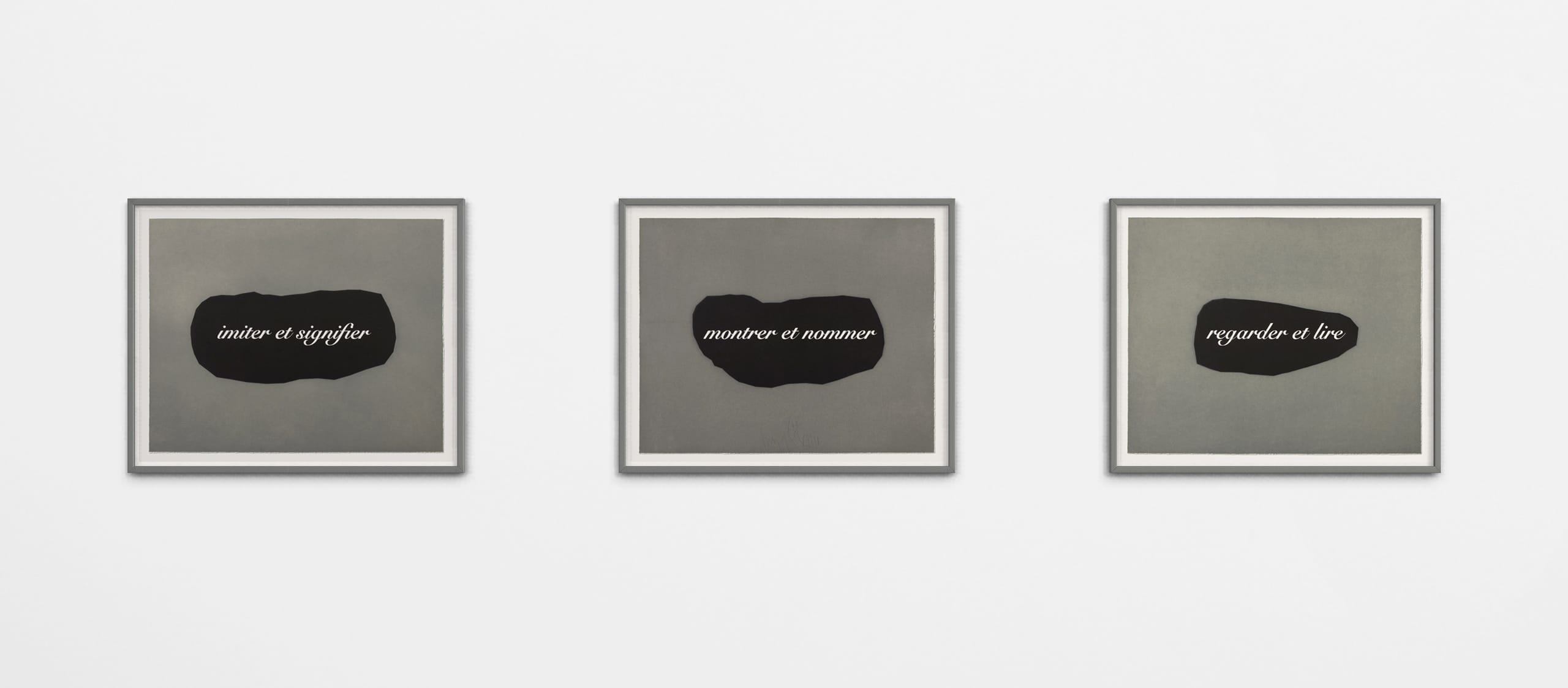
Joseph Kosuth
Best known for One and Three Chairs (1965), Kosuth explored the relationship between objects, images, and language. His work is rooted in philosophy, particularly semiotics, demonstrating how conceptual artworks engage with meaning beyond the visual. Kosuth’s engagement with linguistic theory and philosophy, particularly the ideas of Ludwig Wittgenstein, helped conceptual art evolve into an intellectual inquiry rather than just a visual experience. By using text as a primary medium, he blurred the boundaries between visual art and literature, challenging traditional understandings of representation and perception. His works continue to influence contemporary artists dealing with language and meaning.
John Baldessari
A master of blending imagery and text, Baldessari subverted traditional art by incorporating found photographs and humorous phrases. His work, such as I Will Not Make Any More Boring Art (1971), highlights the conceptual shift from object to idea in contemporary art. By using unexpected juxtapositions and self-referential humor, Baldessari questioned the conventions of art-making, often deconstructing narratives through visual fragmentation. His innovative use of media, including painting over faces in photographs and juxtaposing text with images, pushed the boundaries of both pop and conceptual art. His impact is seen in contemporary multimedia and conceptual practices that embrace humor, irony, and self-awareness.
Jenny Holzer
Through text-based interventions in public spaces, Holzer transforms language into art. Her Truisms series questions power and perception, showing how conceptual art operates beyond galleries. Using LED displays, stone engravings, posters, and projections, Holzer’s work engages directly with the public, addressing themes of political propaganda, feminism, and institutional authority. By placing her messages in everyday environments, she challenges audiences to critically engage with information and its manipulation. Her practice underscores the power of words as both artistic material and social commentary, making her one of the most influential conceptual artists of the contemporary era.
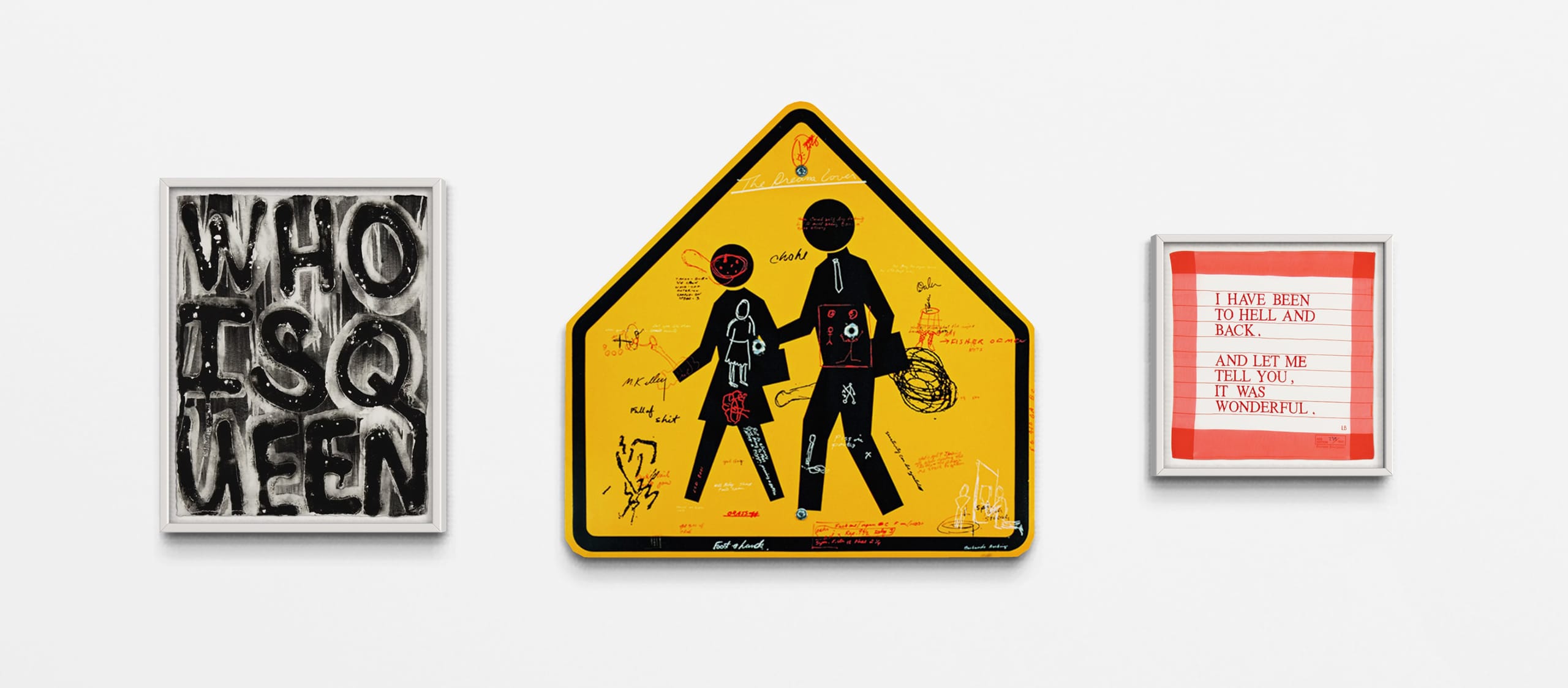
Collecting Conceptual Art: A Quick Guide
Collecting conceptual artworks is an exciting journey that goes beyond owning a traditional painting or sculpture. Since conceptual art focuses on the idea behind the work rather than its physical form, the collecting process can be quite different – and often more intriguing.
One of the key things to understand is that the value of conceptual art lies in its concept. Sometimes, the artwork may not even be a physical object. It could be a set of instructions, a certificate of authenticity, or a simple text that outlines the idea. This means that when you buy a conceptual artwork, you’re often investing in the rights to the concept, not just the material piece.
Limited editions are common in conceptual art, helping to balance the uniqueness of the idea with accessibility for collectors. These editions might include prints, photographs, or even objects that represent the concept. In many cases, a certificate of authenticity is crucial – it verifies the work and often details how it should be displayed.
Preserving conceptual artworks also requires a different approach. Since some pieces may involve performance, installation, or even audience participation, documentation becomes key. Collectors need to consider how instructions, materials, and context are maintained over time.
One of the most exciting aspects of collecting conceptual artworks is the depth of engagement it offers. Rather than simply admiring a piece for its aesthetic value, collectors dive into the artist’s thinking, often becoming part of the creative process. It’s a more cerebral, thought-provoking approach to building a collection.
Whether you’re a seasoned art buyer or new to the world of conceptual art, taking time to understand the ideas behind the work will make your collecting journey all the more rewarding.
Buy conceptual artworks online. Catering art collectors from around the globe, MLTPL focusses on the specific needs of online buyers: transparent pricing, accurate condition reports, professional packaging and quick shipping.
MLTPL ships worldwide. We focus on professional packaging and fully traceable shipping. Where possible, we ship our artworks flat between fiberboards and two layers of solid cardboard. We aim to dispatch in under 5 days.
All shipped conceptual works of art are covered by our door-to-door transport insurance. In the unlikely event of physical damage or loss, the artwork will therefore be fully insured.
When buying art online, the conceptual artwork’s condition and its truthful description are key. We follow a rigorous standard when selecting new artworks for our collector base, whilst providing accurate condition reports and high-resolution images.
